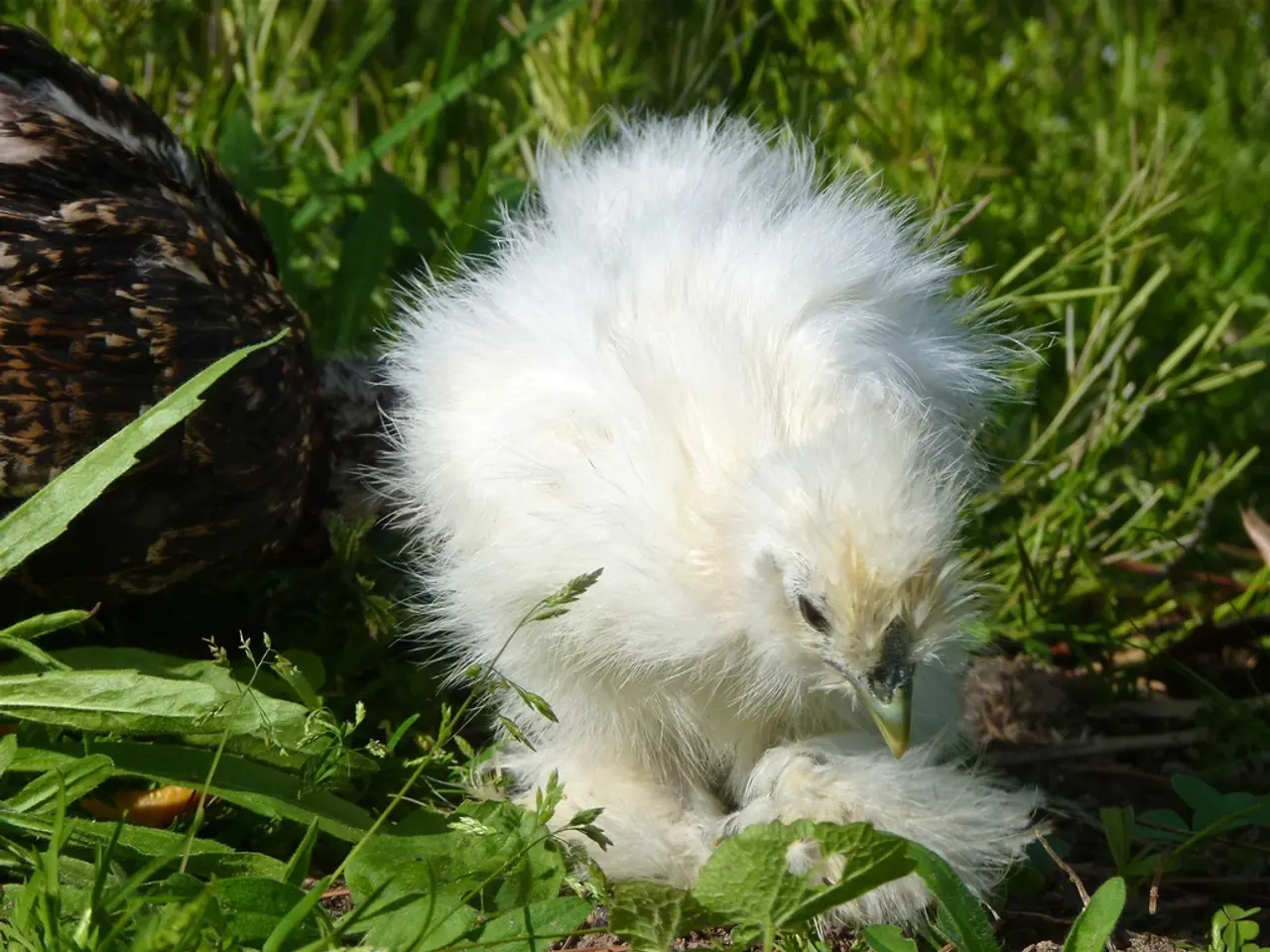Low-Cost, Disease-Resistant, and Profitable Poultry Business: An Attractive Option for Farmers Involving Guinea Fowl
In the realm of poultry farming, two species of Guinea fowl, Numida ptilorhyncha and Numida meleagris, have garnered significant attention. These birds, also known as the Southern crested guinea fowl and the Helmeted guinea fowl respectively, offer unique characteristics, advantages, and economic potential.
1. Characteristics
Numida ptilorhyncha: - Physical Traits: Larger body size and a distinctive crest of feathers on the head characterise this species. - Plumage: Dark feathers with white spots, often more pronounced or different patterning due to the crest. - Geographic Distribution: Found primarily in Southern and Eastern Africa. - Behavior: They tend to be somewhat more terrestrial, inhabiting a mix of woodland and savanna environments. - Reproduction: Breeding habits are similar to N. meleagris but may differ slightly in nesting habits and clutch size.
Numida meleagris: - Physical Traits: Medium to large-sized bird, well-known for its helmet-like casque on the head. - Plumage: Greyish-black plumage with prominent white spots. - Geographic Distribution: Widely distributed and domesticated across Africa and globally. - Behavior: Adaptable, foraging generalists, known for their social behaviour. - Reproduction: Good brooders, often used extensively in farming.
2. Advantages
Numida ptilorhyncha: - Hardiness: Adapted to more diverse environments, sometimes better resistance to certain local diseases. - Foraging Efficiency: Their behaviour and habitat preferences may allow them to exploit a wider range of natural food sources. - Meat Quality: Often described to have slightly different taste or texture, which can appeal to niche markets. - Genetic Diversity: Can be valuable for conservation or breeding programs to improve resilience or traits in guinea fowl populations.
Numida meleagris: - Domestication: More widely domesticated and adapted to intensive farming. - Productivity: Typically higher egg-laying rates and faster growth under farm conditions. - Meat Yield: Good meat production efficiency, often the preferred species in commercial guinea fowl farming. - Market Recognition: Well-known species in both local and international markets, easing marketing and sales.
3. Economic Potential
Numida ptilorhyncha: - Niche Farming: Potential in specialty or local farming ventures targeting gourmet or heritage markets. - Biodiversity Role: Helps maintain genetic diversity which is important for long-term agricultural sustainability. - Ecotourism & Conservation: Can be part of wildlife or sustainable agriculture tourism in Africa. - Disease Resistance: May reduce losses in certain environments, leading to more stable income for farmers.
Numida meleagris: - Commercial Farming: Backbone species for commercial guinea fowl meat and egg production worldwide. - Rapid Scaling: Faster growth rates and predictable production allow scaling for export and mass markets. - Byproducts Use: Feathers and other parts have economic value. - Pest Control: Used in integrated pest management for tick and insect control on farms, reducing costs.
Summary:
- Numida ptilorhyncha is less commonly farmed but has unique advantages including hardiness, genetic diversity, and niche market appeal, suitable for local or specialized farming.
- Numida meleagris dominates commercial guinea fowl farming due to higher productivity and market demand, making it economically more viable at large scales.
If you want more specific data such as growth rates, feed conversion ratios, or economic analyses, those may require further field or experimental data depending on the region.
Good housing significantly improves productivity of Guinea fowl, including the provision of perches, low-intensity lighting, adequate ventilation, and clean and predator-protected brooder and rearing areas. In the free-range system, birds forage during the day and are provided water and minimal protection. There are three main systems for Guinea fowl rearing: free-range, semi-free range, and intensive. Guinea fowl (Numida meleagris) and Numida ptilorhyncha are popular poultry birds in agro-climatic regions like Northeast India. A slight increase in lysine and methionine is recommended over standard poultry feed formulations to support rapid growth and reproductive performance of Guinea fowl. Integrating Guinea fowl into existing farming systems can enhance biodiversity, reduce feed costs through scavenging, and tap into an emerging market with a growing demand for alternative poultry products.
- When considering a home-and-garden lifestyle that involves livestock, Guinea fowl, specifically Numida meleagris, could be an ideal choice due to their adaptability, higher productivity, and well-known presence in both local and international markets, easing marketing and sales.
- For individuals looking to incorporate rare or unusual animals into their home-and-garden lifestyle, Numida ptilorhyncha may be an interesting option. This species, with its distinctive features such as a larger body size and a crest of feathers on the head, offers a slightly different taste or texture, which can appeal to niche markets, providing potential in local or specialized farming ventures.




